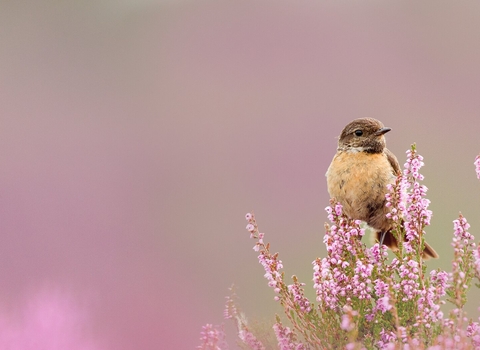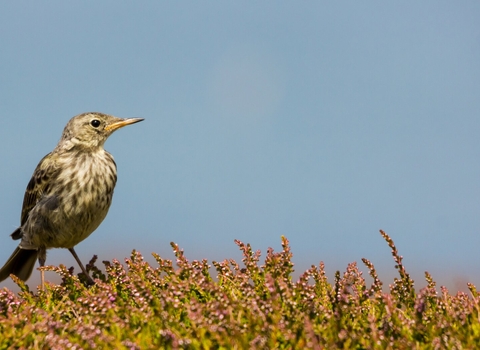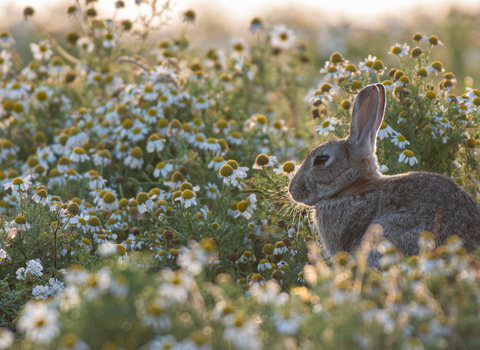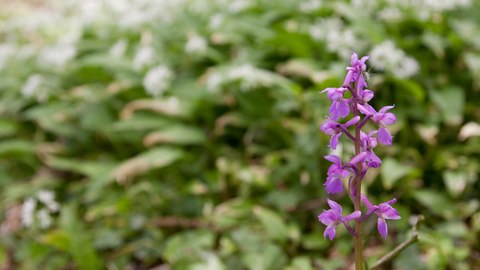
false - Vaughn Matthews (please also tag @vaughnmatthews8 if using on Instagram or @VaughnMatthews2 on Twitter)
Overton Cliff & Roydon’s Corner, Overton, Gower, Swansea
Location
Know before you go
Dogs
When to visit
Opening times
Open access reserve.Best time to visit
Spring, summer and autumn.About the reserve
Overton Cliff can be accessed from the stile in the south east corner of the Long Hole Cave nature reserve in the west, or from the footpath adjacent to the seashore of the Overton Mere nature reserve in the east. Roydon's Corner is not accessible to the public because it is primarily used as run-back land for the management of our conservation grazing livestock.
Overton Cliff is grazed by cattle and ponies at various times throughout the year. The vegetation is predominantly heathland and scrub made up of a mixture of European and Western Gorse and Bell Heather together with Hawthorn, Blackthorn, and Juniper. Because of the close proximity of the sea and lack of grazing part of the grassland at the western end of the reserve, which is dominated by Red Fescue, has formed a thick mattress-like sward, now invaded by Gorse.
Early Purple Orchid followed by Bloody Cranesbill and Carline Thistle adorn the limestone grassland, while the Wild Madder climbs its way through the Gorse.
Feral Rock Dove use the ledges on Overton Cliff to nest, while Jackdaw use the cave and rock face. Green Woodpecker might be seen foraging for ants amongst the anthills in the grassland.
Grayling butterfly favour the open scree slopes, while the Dotted Beefly searches for solitary bees nesting at the cliff edge, and other solitary wasps hunt spiders and snails.
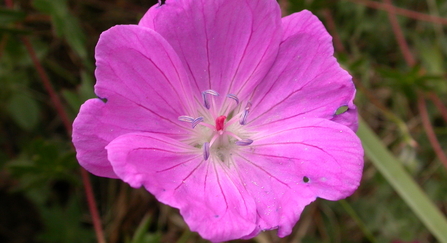
WildNet - Philip Precey

